—A not-so-blind guide to what your eyes might be up to.
Your eyes are small, but the work they do is massive. They tear up at weddings, go red with rage, glaze over in meetings, and twitch at 2 a.m. for no good reason. While they may not always come with flashing signs, several eye conditions can develop over time, and without early treatment, some can lead to permanent vision loss.
Let’s break down 10 of the most common ones—not with textbook monotony, but in a way that sticks in your head (and hopefully not in your cornea).
Cataract
What it is: A cataract is a cloudy natural lens in your eye. It’s not dirt, but a build-up of protein that blurs your vision.

Symptoms: Blurred vision, trouble seeing in bright light, faded colors, and glare, including halos around lights, especially at night.
Fix: Cataract surgery – quick, safe, and very common. The cloudy lens is replaced with a clear artificial lens, and you’re back in HD in no time.
Age-Related Macular Degeneration (AMD)
What it is: AMD is damage to the macula – the centre of the retina that controls your central vision and is most commonly seen in folks over 50.
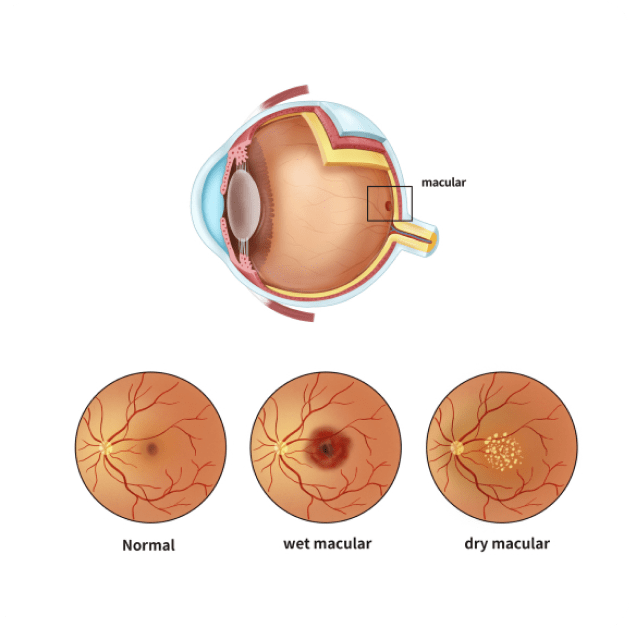
Symptoms: Blurred or blank spaces in the middle of your vision, slower reading, difficulty recognizing faces, and faded colors.
Fix: No cure; however, treatments include using anti-VEGF eye injections, changes to your lifestyle (less smoke, more greens), and you can get aids to assist vision that will slow it down.
Diabetic Retinopathy
What it is: A condition associated with diabetes in which high blood sugar destroys the blood vessels of the retina. It develops silently.
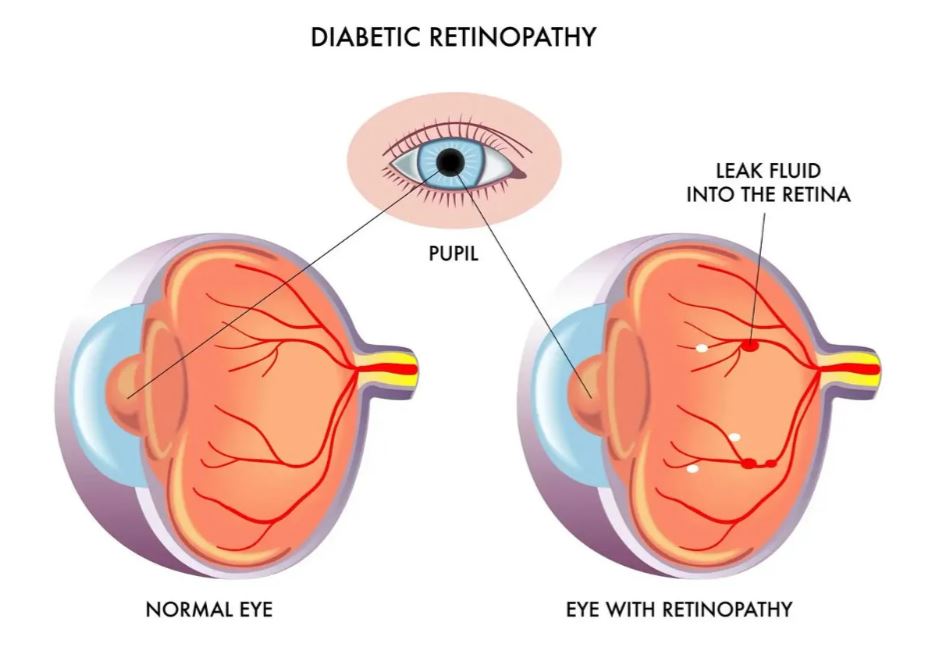
Symptoms: Floaters, blurred vision, dark spots, night blindness. In extreme cases, loss of vision.
Fix: Manage your blood sugar. Treatment involves laser treatment, injections in the eye, and surgery in a few instances.
Glaucoma
What it is: Collection of diseases in which pressure within the eye (intraocular pressure) destroys the optic nerve.

Symptoms: Zero symptoms in the early stages. Later? Peripheral vision loss, tunnel vision, or sudden pain in the eyes in the acute stages.
Fix: Eye drops to decrease pressure, laser treatments, or surgery. Catch it early—it’s permanent once the damage is done.
Dry Eye Syndrome
What it is: Sometimes the eye and eyelid that are irritated actually have dry eye disease, so everything will look normal, but using eye drops and artificial tears might make you feel better.

Symptoms: Burning, jumpy, red (this is a common manifestation of dry eye), blurry vision, excessive tearing (yes, irony), watery eyes, light sensitivity, chronic irritation.
Fix: eye drops (artificial tears), prescription medications, punctal plugs (a little rubber plug that stops eye drainage), and lifestyle changes (screen breaks).
Keratoconus
What it is: When the cornea gets thinner and bulges out in a cone shape, causing distortion of vision.

Symptoms: Blurry or distorted vision, light sensitivity, multiple new eyeglass prescriptions, deterioration of night vision
Fix: Special contact lenses, corneal cross-linking (a procedure which strengthens the cornea), and corneal transplants in advanced cases.
Conjunctivitis (Pink Eye)
What it is: Inflamed conjunctiva (the clear membrane covering your eyeball). It’s triggered by bacteria, viruses, or allergies.
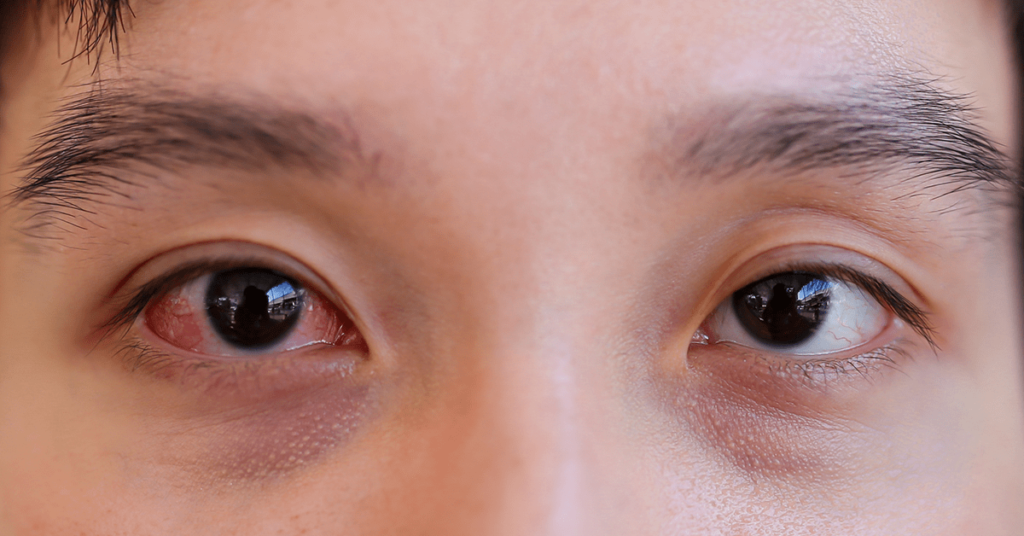
Symptoms: Itching, redness, sticky discharge (bacterial), teary (profuse tearing), and like having something in your eye.
Fix: Depends upon the type—antibiotic drops for a bacterial, antihistamine for an allergic, and time (along with hygiene) for a viral.
Uveitis
What it is: The uvea—the middle portion of your eye—is inflamed. It’s associated with autoimmune diseases, infection, or idiopathic (i.e., no known etiology).
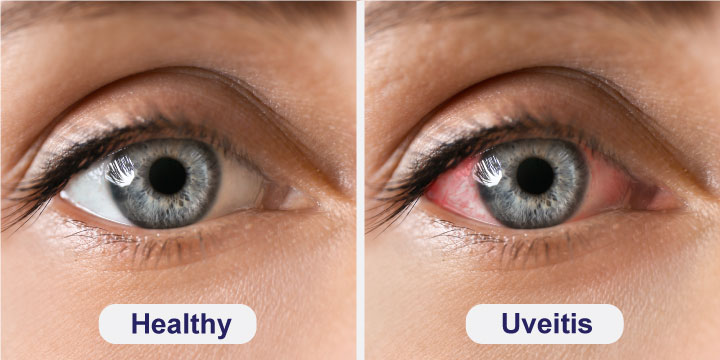
Symptoms: Pain in the eyes, redness, photophobia, blurred vision, and floaters.
Fix: Steroid eye drops, medication by mouth, or immunosuppressants in extreme instances. It requires prompt treatment to avoid loss of vision.
Refractive Errors
What it is: A refraction error in the eye, when light does not focus properly on the retina. Includes:
- Myopia (Nearsightedness): Can’t see far.
- Hyperopia (Farsightedness): Can’t see close.
- Astigmatism: Distorted or blurry vision at any distance.
- Presbyopia: Age-related inability to read small print—hello, reading glasses.
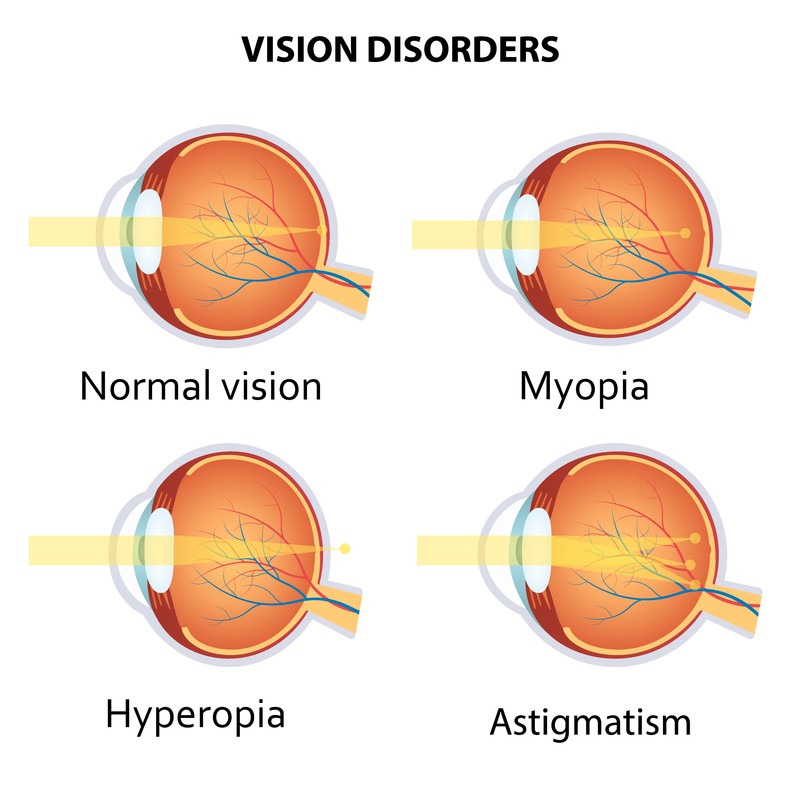
Symptoms: Blurry vision, eye strain, headaches, squinting.
Fix: Glasses, contact lenses, or laser eye surgery (such as LASIK) for long-term correction.
Retinal Detachment
What it is: The retina separates from its underlying tissue. It may not hurt, but you definitely need to see your doctor.
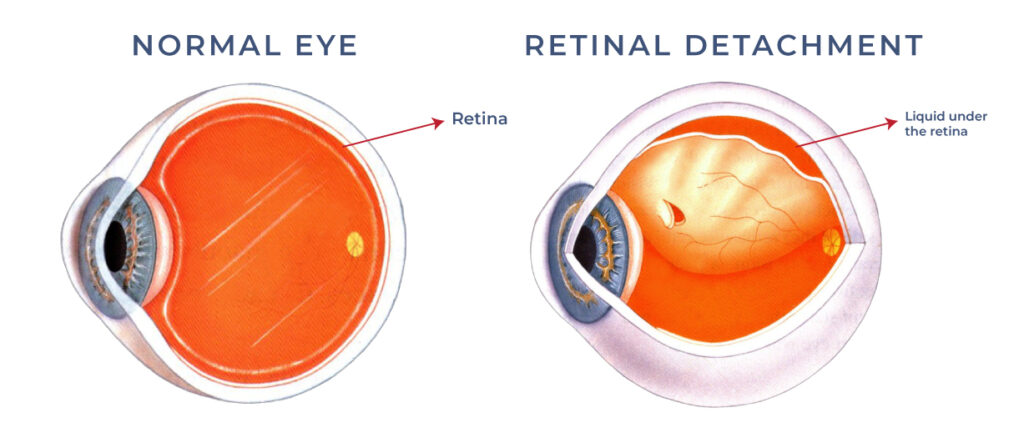
Symptoms: Sudden floaters, light flashes, a curtain-like shadow in your line of sight.
Fix: Emergency surgery—laser, pneumatic retinopexy, or vitrectomy, depending on the grade. Time is retina. Delay = vision loss.
So… How Are Your Eyes Doing?
Your eyes aren’t always polite about letting you know they may be upset. Some of these conditions sneak up quietly; some crash in loudly. Either way, you want to get care as early as possible.
If your perception of reality feels off in any way, you would be wise not to wait it out. Prof. Chameen Sams at Nexus EyeCare carries a complete expert diagnosis, treatment, and truly personal care to help you keep ahead of any vision issues.
Book your eye exam today – blurry eyes should not be your benchmark.
